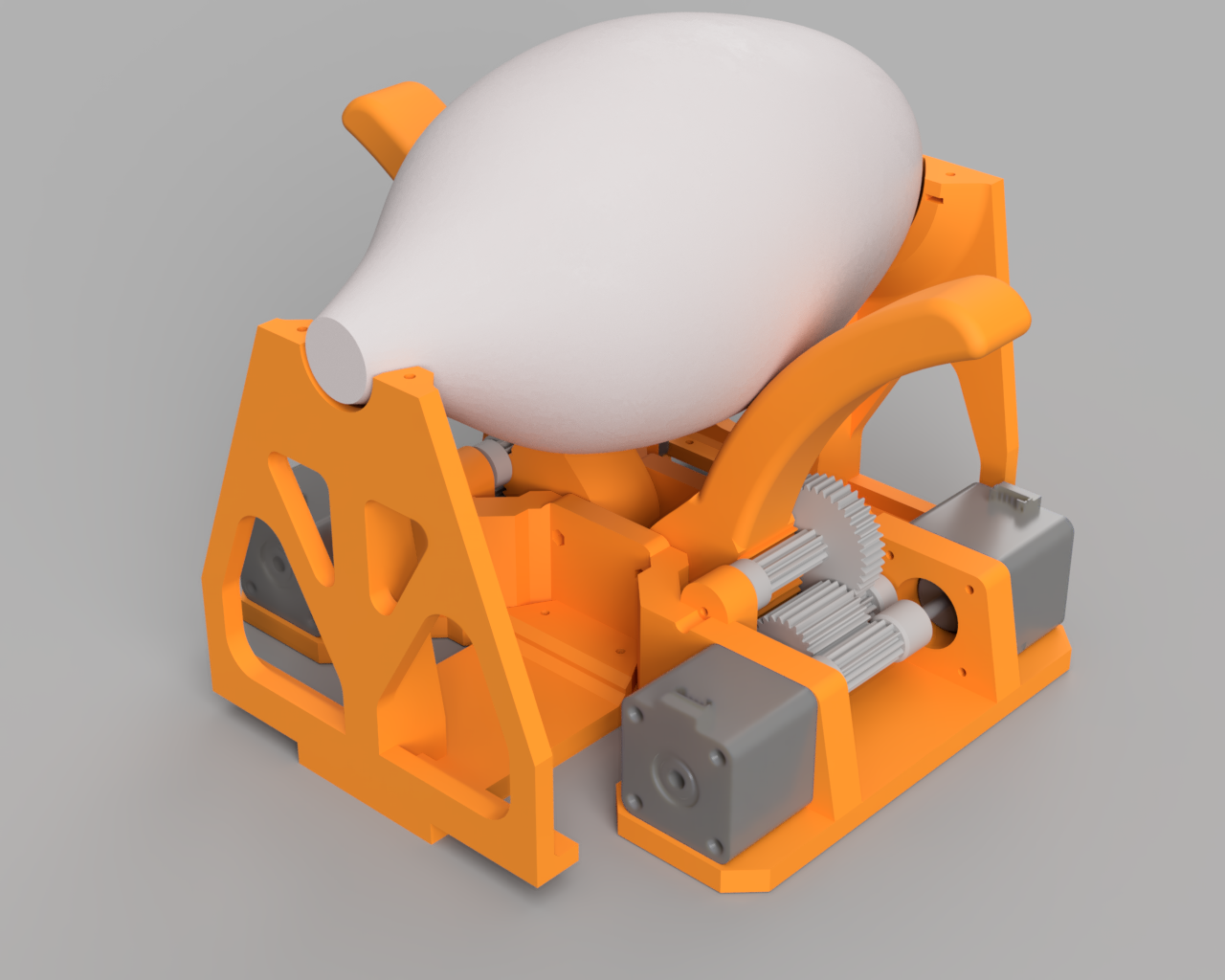- Search term must have more than 2 characters.
Emergency lung ventilator
Why do we do that?
In Italy, in the moment of the highest peak of the outbreak, the doctors have been forced to decide, which patient will be connected to lung ventilator and who not. According to MIT (source: https://e-vent.mit.edu/) there is a shortage of 300.000 to 700.000 units in the US. In the developing countries will be the number even higher.
Our solution
Therefore, our goal is to provide a solution that will be very cheap, easy to assemble, using local resources and still provide safety to the users at the same time. The full design will allow use the ventilator as a device of the last instance – to use it in case there is no other way of helping the patient.
Find out more about the technical aspects of DEXIC Vent at https://github.com/DEXIC-Vent

What is different?
There are many designs, e.g. from MIT and other institutions. However, these designs need special parts that cannot be bought at the moment. Our philosophy is to design the emergency ventilator, which uses local resources because we predict the shortage of component supply worldwide.
So we need to focus on the components, which are already available. We aim to provide a design of ventilator build from at least 85% of components available in 3D printers. In others word: i) print parts on your 3D printer; 2) disassemble 3D printer; 3) create emergency ventilator and save the lives; 4) when the emergency is over, construct your 3D printer back.
To sum it up, we will provide a design that uses limited variety and amount of components; it will need reduced power needed to inflate the lungs and provide enough basic and proven safety.
What will be the result?
We aim to deliver full open-source repository of 3D printed parts, mechanical components, source code and step-by-step tutorial for assembly, which will be made for free available to the community of makers under CC licence. It's a non-profit activity and we do not aim to market this as a product.
Where we are?
Few weeks after the construction of the 1st prototype, we are proud to say, that we achieved significant breakthroughs. Performed durability, performance and boundaries tests of latest design (connected to artificial lung to simulate the real patient) confirm, that we are able to deliver the performance requested by authorities for such systems (up to 800 ml of air to be inhaled by one inspiration; maximal RR = 30 per minute; I:E ratio up to 1:3). Watch the video of the latest version of the ventilator.
Update 11. 5.: We added a control box to easily adjust the volume of inhaled air, respiration rate and Inspiratory:Expiratory ratio.
Update 18. 5.: Test firmware for the control panel is written and uploaded. All functions work correctly!
Update 22. 6.: We add air volume and pressure sensor to monitor the patient and adjust the air volume if needed.
Update 27. 7.: Another utility that is increasing the effectiveness of ventilator - we added gear with 58.24:1 ratio. This results in the optimization of power when pressing the bag and precise movement for calibration of the ventilator.

Do you want to support us?
If you are a tech enthusiast who would like to give us a helping hand and cooperate within the project, please contact us at info@dex-ic.com.
Learn more about the previous and current work
The origin of the work comes from MIT Ventilator
Currently followed by https://e-vent.mit.edu/
And many other initiatives: Other lung ventilators
